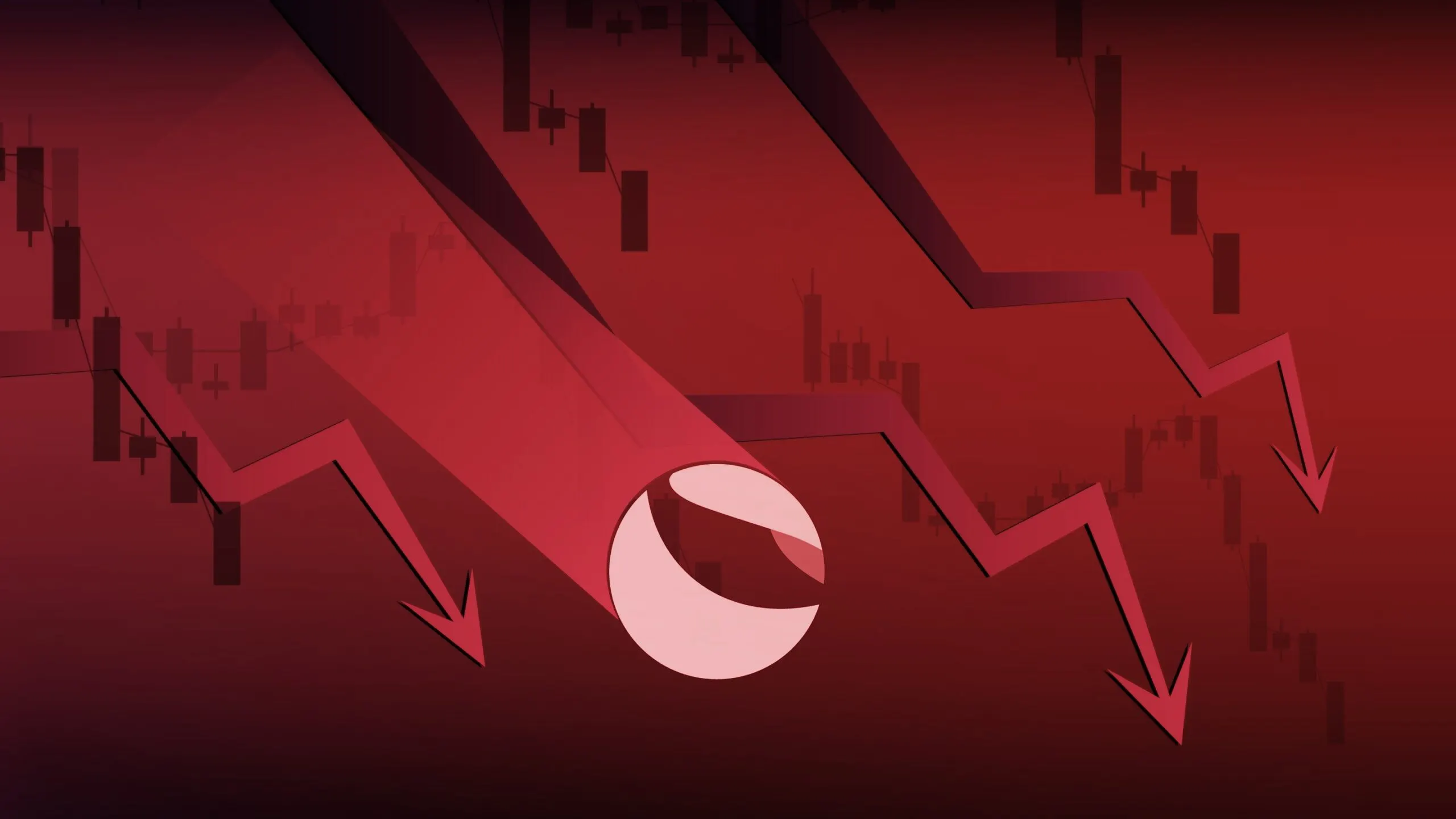TerraForm Labs spent four years building its ecosystem and connecting it to other blockchains before things began to unravel earlier this month.
When the TerraUSD algorithmic stablecoin (UST) lost its peg, millions of dollars were wiped out in a matter of days. The coin, which used to carry a redeemable-for-a-dollar guarantee, has been trading for just a nickel. And LUNA, its governance token, which last month had a market cap of more than $30 billion, has seen that metric slip to $680 million.
The company behind it all got its start in 2018.
Business partners Do Kwon and Daniel Shin founded Terraform Labs in January, and that April registered it as a private limited share company in Singapore.
By August, Terraform had completed a $32 million raise that included Translink Capital, Polychain Capital, FBG Capital, Hashed, 1kx, Kenetic Capital, and Arrington XRP. Four of the largest crypto exchanges—Binance, OKEx, Huobi Capital, and Dunamu—invested in Terra’s Layer-0 blockchain as well.
From the onset, Terra wanted to become a payments giant that could rival the likes of Alipay and PayPal. Shin, the founder of Korean e-commerce giant TMON, would later help bring more than 20 other companies to the table to form the Terra Alliance and adopt its payment system.
At the start of 2019, Terra raised $62 million with an initial coin offering (ICO) for its LUNA governance token, at $0.80 per LUNA. The team said it would be part of a “dual-token system, which is composed of Terra—the stablecoin—and Luna, the collateral token.”
The slide deck that accompanied the ICO also promised that its “Terra Stability Reserve” guaranteed solvency, “protecting it from the speculative and regulatory risks that other coins are exposed to.”
Not long after that—exactly one year after Terraform Labs was registered in Singapore—the company launched Mainnet Columbus on April 24, 2019.
The blockchain launched with a handful of tools: a block explorer, a staking dashboard, and a registrar for presale investors to create wallets and manage their LUNA tokens.
There also was a tool for “simulation models to look at how the Terra stability mechanism would react to change in macroeconomic variables,” Kwon said in a YouTube video uploaded the same day the mainnet launched.
One of the big draws of the Terra ecosystem was the Anchor lending protocol, which launched in July 2020.
It was touted as the eventual “gold standard for passive income on the blockchain.” Before its demise, Anchor promised lenders annual percentage yields of nearly 20%, and its total value locked (TVL) swelled to $17 billion—about 70% of all value in the Terra ecosystem.
The year Anchor launched, investors borrowing cryptocurrency from the Maker protocol had just gotten a rude awakening.
The Maker (MKR) token, created by MakerDAO, was used to support the DAI stablecoin as part of its credit system. The protocol lent DAI to users who locked up their crypto, like Ethereum, as collateral.
During what’s become known as Black Thursday, the price of Ethereum dropped below $100 causing DAI loans to become undercollateralized. At that point, the protocol automatically put the ETH collateral up for auction.
But because of network congestion and high gas prices, some bidders were able to buy the liquidated assets for the insanely low price of $0. That meant the people who’d put up Ethereum for their now-undercollateralized loans had lost everything.
“Keeper systems rely on arbitragers to finance liquidations on a discretionary basis, which can result in liquidity crunches at times of high market volatility leading to huge losses for borrowers,” Nicholas Platias, Terra’s head of research, wrote in a Medium blog post.
He linked to a reddit post from a user who had lost 281 ETH.
“Liquidation contracts, on the contrary, are fully collateralized and enforce a lengthy withdrawal period,” Platias wrote, “to provide stability in the face of temporary shocks.”
After the crash, Anchor had just $100 million worth of UST and AVAX, Avalanche’s native token.
Making good on the second part of its dual-token system, Terra announced the launch of its stablecoin in September 2020.
But less than a year later, it was facing strong macroeconomic headwinds.
China was in the middle of cracking down on Bitcoin miners, and UST lost its dollar peg for the first time on May 22, 2021. Terra’s algorithmic stablecoin lost its dollar peg for the first time, and traded for $0.95 for two days, according to CoinMarketCap.
Later that year, the final pieces that would make Terra’s downfall so calamitous moved into place. In October 2021, Terra joined both Wormhole and the Cosmos IBC, bridge chains that would make it possible for users to move their funds onto the blockchain from others.
The day after the Wormhole announcement was posted on Terra’s blog, the project’s total value locked (TVL) edged above $5 billion for the first time, according to DeFi Llama. By the time Terra joined IBC, there was $2 billion worth of UST in circulation and its ecosystem had more than $9 billion worth of assets.
With all the pieces in place, Kwon began accumulating Bitcoin in a reserve wallet, saying he wanted to eventually have $10 billion worth of Bitcoin backing UST.
“It's not 10B today - as UST money supply grows a portion of the seigniorage will go to build BTC reserves bridged to the Terra chain,” he said in a tweet in March. “We have 3B funds ready to seed this reserve, but technical infrastructure (bridges etc) is still not ready yet.”
Right before Terra’s UST lost its dollar peg on May 9, the Luna Foundation Guard Bitcoin reserve had grown to 42.5 BTC, at the time worth $1.4 billion. But when the Bitcoin price started to tank, UST lost its peg and would eventually drag LUNA, the TerraForm Labs team, and thousands of investors down with it.

